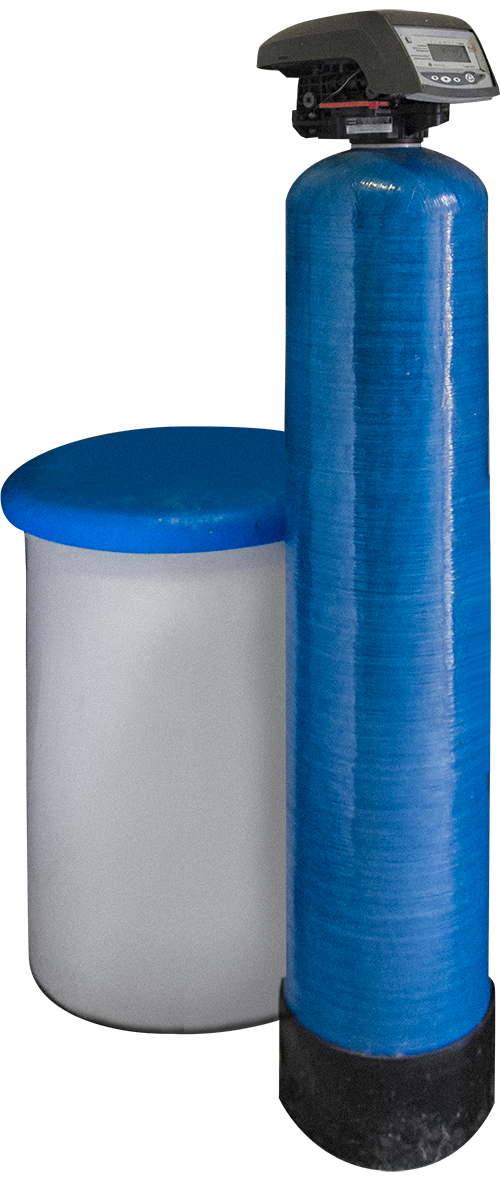In the household sector, softeners can be used or applied to prevent crusts from forming on water faucets or other cooking utensils. And in the industrial sector, softeners are applied when the industry uses machines or equipment that use water as its supporting material, for example, boilers, chillers and cooling towers. Some of these machines can be obtained at competitive prices which are currently being sold by water purification service providers and even has Time Clock Delayed Mode. Water with high hardness will cause the performance of the boiler to be ineffective because the blowdown cycle is too short.
Functions and Uses of Water Softener
For those of you who live in mountainous areas, of course, the water that is consumed or used for washing most likely contains high levels of lime. In this case, water with lime content is easier to cause scale to form, makes white clothes more easily dull and can be used for cooking, causing crust on the pan so that it requires more LPG gas.
In addition to cases at home,there are also cases in the industrial world, such as the pharmaceutical,textile and soon which require pure water for processing in the boiler so that it requires as often filter as a tool for lime absorption to avoid the adverse effects that occur because the water has high hardness.
Salt-free softeners are quite popular because they are more efficient in design with advanced technology. This causes a swirling discharge of water and the interior is composed of discs and distinct chambers which serve to produce turbulence which, together with the holes in the channel which, is capable of producing thermodynamic phenomena that help to participate actively and efficiently in limestone deposition.
Like this way, salt-free water softens as they function the desired electrolyte cells through the zinc and body units. This unit will allow a constant 1V voltage in the reactor in the presence of water. This small pressure contributes to the transformation of the molecular structure of calcium carbonate. By electrostatic forces, galvanic electrolysis, and micro cavitation, millions of calcium and magnesium can be precipitated to form aragonite.

